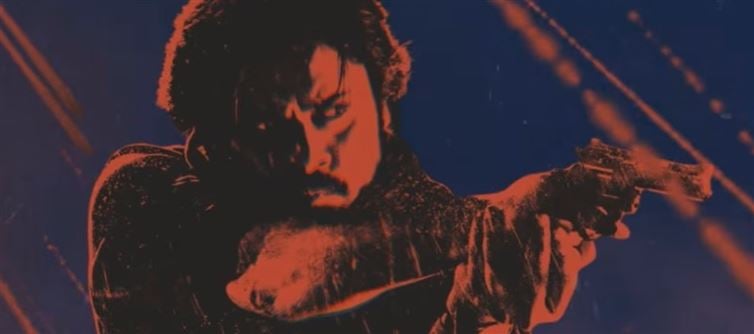
OG was pitched as a slick gangster saga with a samurai twist. The promise was larger-than-life action, cult moments, and a fresh world-building exercise. But what unfolds is a hollow spectacle where style bulldozes story, and fan service buries substance. By the second half, the film feels less like a gripping narrative and more like an endless compilation of elevation shots stitched together for applause breaks. Unfortunately, the applause doesn’t last long.
1. Every Scene is an Elevation, Nothing Else
Instead of building drama or tension, the film throws elevation blocks back-to-back. By the midpoint of the second half, it feels like an overdose—style without any substance.
2. Family Drama That Never Connects
Neither Prakash Raj’s emotional arc nor the hero’s family life resonates. The supposed heart of the film beats hollow, leaving zero impact.
3. Too Many Characters, zero Payoff
From Yakuza heads to Cobra to side villains—OG is crowded with subplots. Instead of layering the drama, this only confuses and dilutes the core story.
4. Second Half Syndrome: The Energy Dies
The first half at least coasts on swag and style, but the second half collapses under its own weight. Scenes drag, emotions fail, and impactless elevations take over.
5. Overdose of Fan service, Lack of Cinema
Yes, sujeeth avoids troll-worthy scenes and presents pawan kalyan in his full cult glory. But beyond fan service, there is no gripping screenplay or emotional spine to sustain the narrative.
6. Drama Without Depth
Whether it’s betrayal, revenge, or family emotion, the drama feels superficial. Nothing lingers, nothing moves you—everything is as forgettable as a reel.
7. Action Without Meaning
The action blocks, though stylish, lack tension. They’re mounted to glorify the hero but fail to add weight to the story.
⚡ Bottomline
OG is less of a film and more of a glossy tribute reel to Pawan Kalyan. Stylish on the outside, empty on the inside—it’s a samurai sword without a blade.




 click and follow Indiaherald WhatsApp channel
click and follow Indiaherald WhatsApp channel